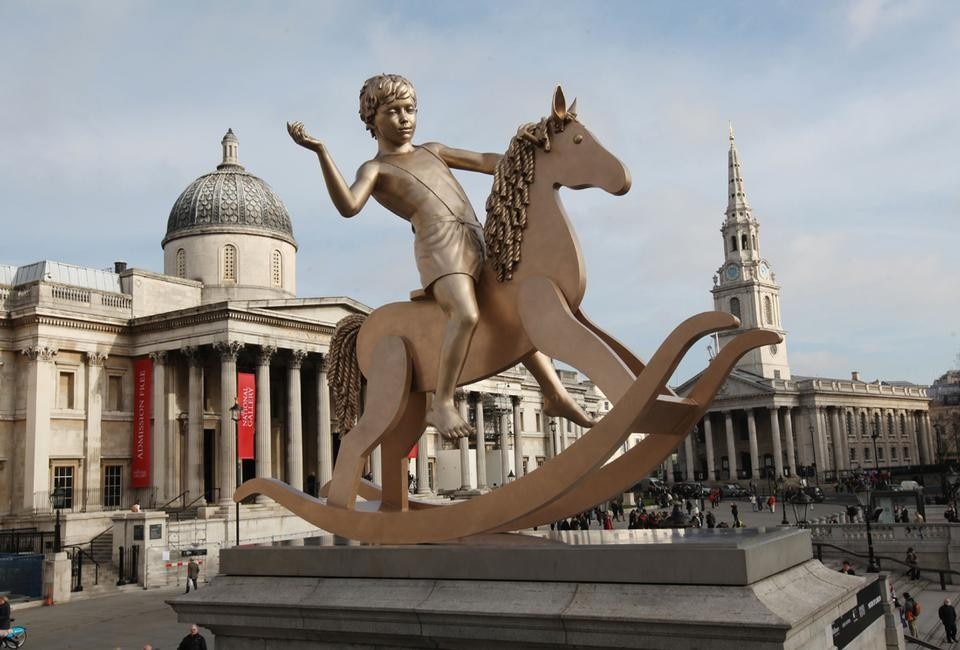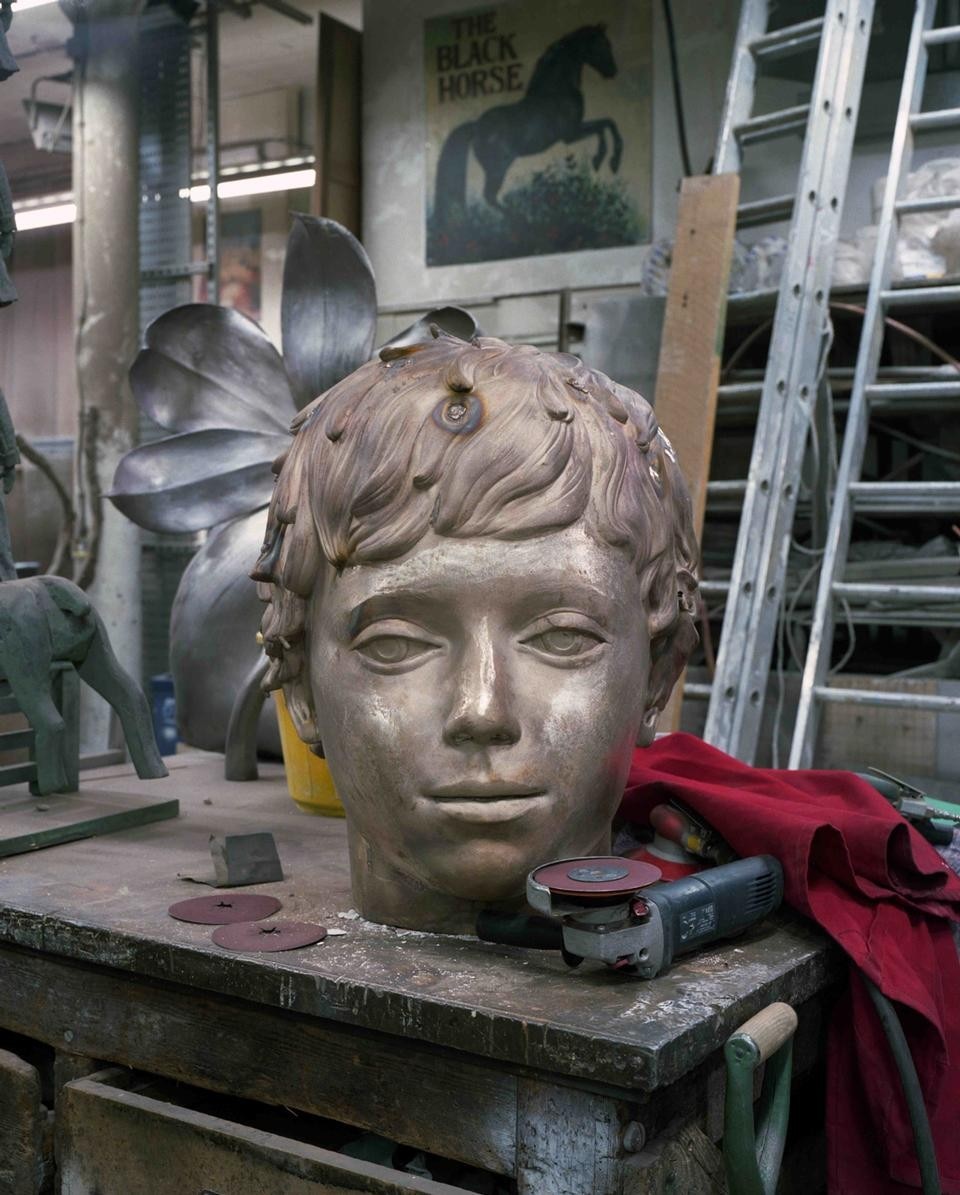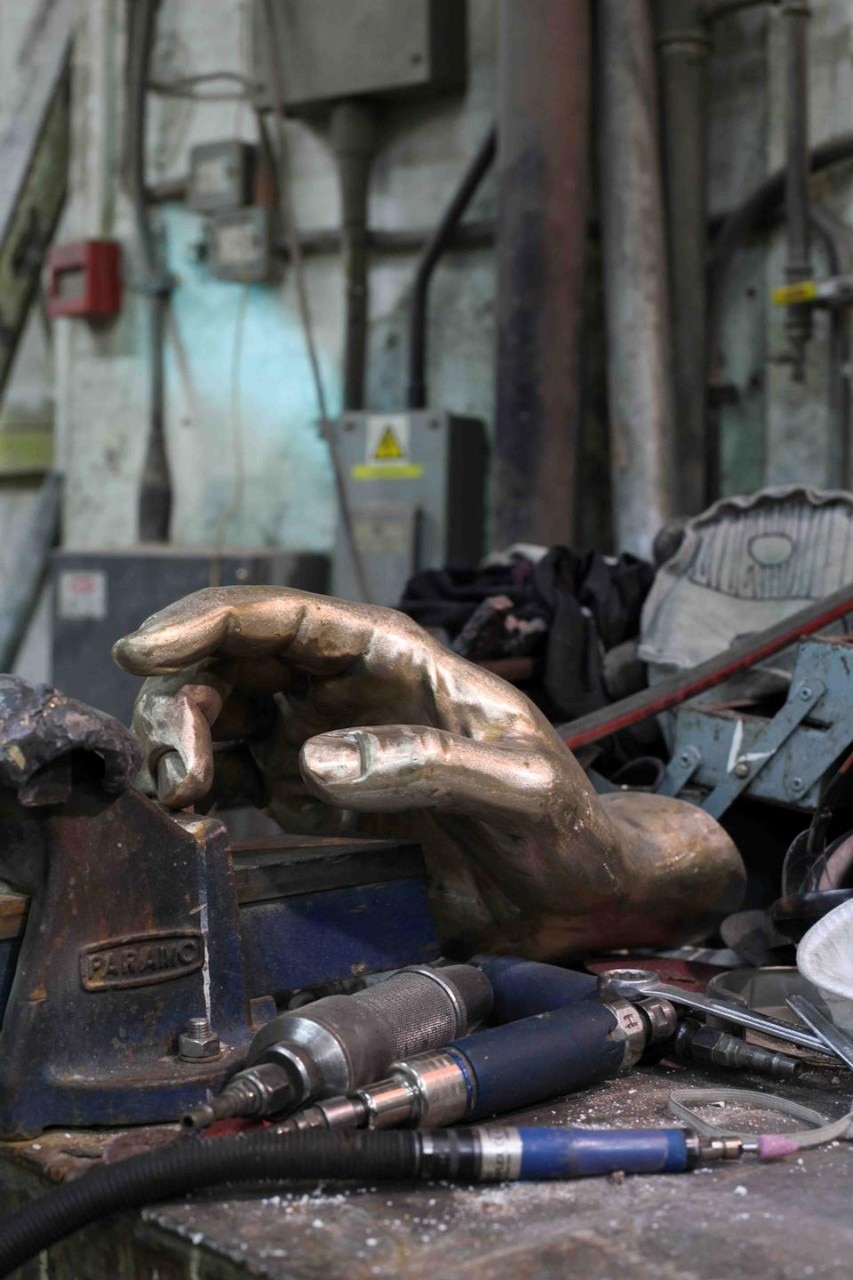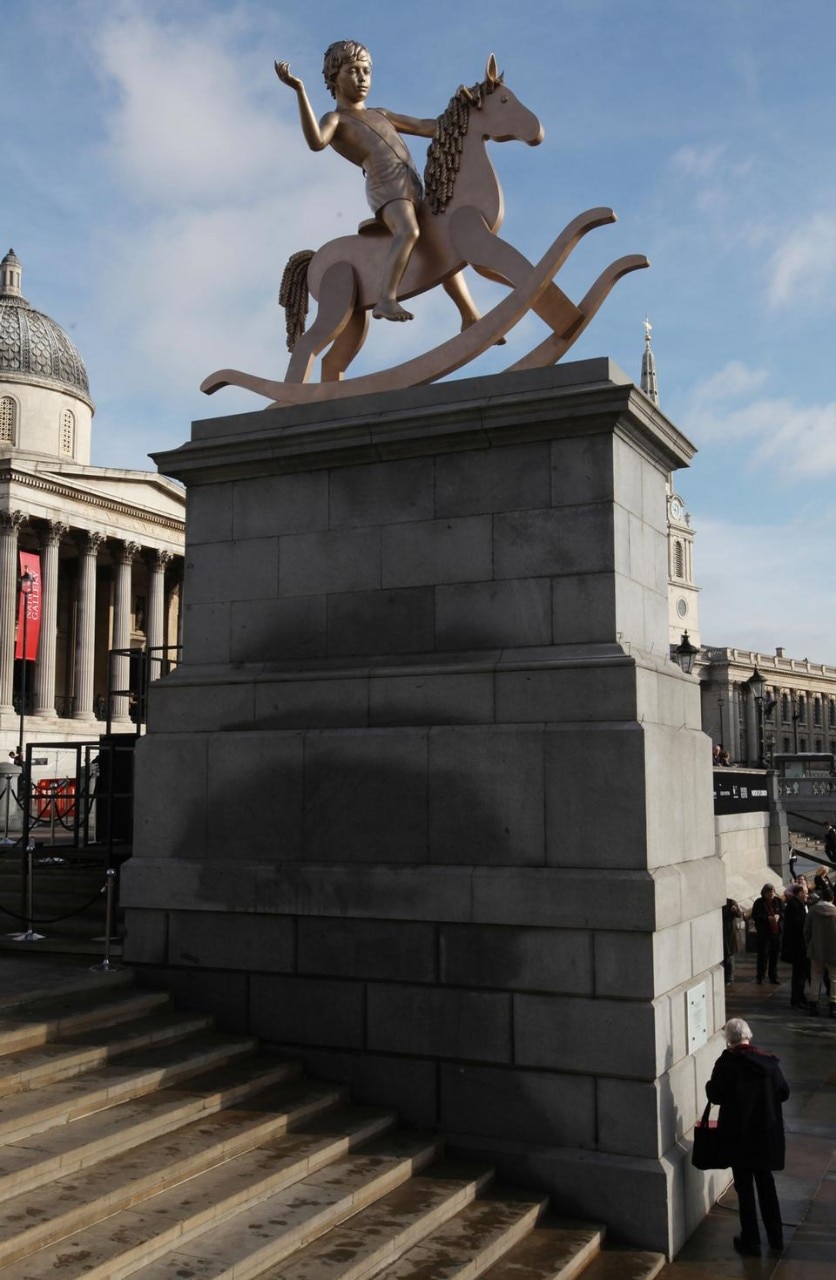Elias Redstone: What is the significance of youth in Powerless Structures, Fig. 101?
Michael Elmgreen: There are not many public monuments that are celebrating youth. It is more or less only middle-aged men or elderly men who governments think deserve being put on a plinth. There are not many references for children, or youth in general, out in public that represents them.
Why are you celebrating childhood and youth now?
[The boy in the statue] is at an age where he does not have too many worries yet. When I was growing up, I thought that everything was going to be bigger and faster and we would all get wealthier. That was the belief in society at that point, but our society today is filled with fear. Everyone worries about the global economy, global warming. I think it is very dangerous for society to be so misanthropic and regressive. It is very depressing if the current generation is brought up in a climate where they do not believe in progress and things getting better. It is important for us to get rid of some of that fear and be more hopeful about what will come.

The boy is at an age before going to war and fighting whatever enemy to get medals. Trafalgar Square is celebrating winning a battle and winning over the enemy, but the worst enemy we have is our own fear.

Very often in public sculpture there is a very classic notion of masculinity — men that are real men. We have a young boy and he is slightly feminine, or maybe even a little bit camp. That is on purpose. He is not the kind of guy who was beating up other boys in his class but can still be a hero anyway.
We chose to speak with a lower, more poetic voice and chose to show something more fragile

If you do something in a museum you address an art crowd. [In Trafalgar Square] there is such a diversity of people that it is a different situation. They are not asking to have an art experience as such and you need to respect that in a certain way. That is why we chose to speak with a lower, more poetic voice and chose to show something more fragile. Because one of the biggest dangers in public is to show you are vulnerable, to cry or show too much affection.
Powerless Structures, Fig. 101 will be installed on the Fourth Plinth for 18 months, followed by Katharina Fritsch's Hahn / Cock. Elias Redstone



